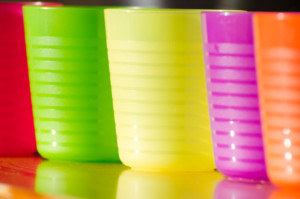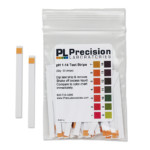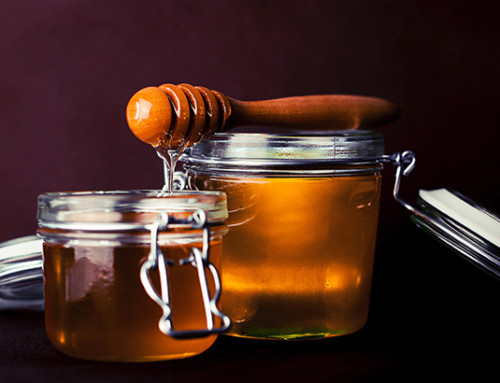Here’s a fun rainy day experiment for you and your little ones. All you need are our pH 1-14 test strips, a little bit of time, and a few household products. This is an easy project for a middle school student. Adult supervision is needed.
This project is designed to help kids test the acidity or alkalinity of common foods and household products. Depending upon how many products you decide to test, it can take as long or as little time as you have available.
In this project, students will begin to understand the varying levels of acidity in substances. For higher level learning or going further, students could even be asked to consider the connection between pH levels and toxicity, for example pH levels of blood or rivers and lakes.
Materials
You will need the following materials:

- pH 1-14 test strips (find a distributor on our Where to Buy page)
- Small paper or plastic cups
- Baking soda
- A teaspoon
- Marker
- Household food and products of your choosing (examples below):
- Distilled water
- Window cleaner
- Toilet bowl cleaner
- Lemon Juice
- Milk
- Lime Juice
- Orange Juice
- Apple Juice
- Vinegar
- Etc, etc, etc (basically, whatever you have handy!)
Background
It is important for you to understand the basics of pH before beginning this experiment. Here are some questions you may want to discuss before getting started:
- What is pH?
- How do you measure pH?
- What is the scale pH is measured on?
- What pH level does water have? Is water acidic, basic, or neutral?
- What is the most acidic pH level?
- What range on the pH scale is considered acidic?
- What is the most basic pH level?
- What range on the pH scale is considered basic?
Once you have discussed these questions in full, and your child has a good understanding of pH, it’s time for them to make educated guesses about the pH of household items you have gathered. Looking at everything you have selected to test, have your child write down their guesses of whether each item is acidic, basic or neutral. You could even go so far as to have them guess a pH level.
We have written a few blog articles about understanding pH, including the article, Back to Basics: Acids, Bases and the pH Scale, that you may find helpful in reading before beginning the experiment.
Procedure

- Using the marker, label each small cup with the item you will be testing.
- Measure about 1 teaspoon of each item (or 1-2 ounces of liquid) into the cup marked for that item. Note, if you are testing baking soda, measure 1 teaspoon of baking soda with several ounces of water.
- Dip a new, unused pH 1-14 test strip into the first cup. Remove after 1-2 seconds, and immediately compare against the color chart. Record the results in a chart with your child’s initial guess.
- Repeat step 3 for each household item you are testing. Don’t forget to use a new test strip for each item. Discard the used strips.
- Compare the pH levels of each item by drawing a pH scale. Label where each item registered on the pH scale, and discuss the results. Were the results as expected? If you’re going further, have your child make the connection between pH levels and toxicity.







Leave A Comment